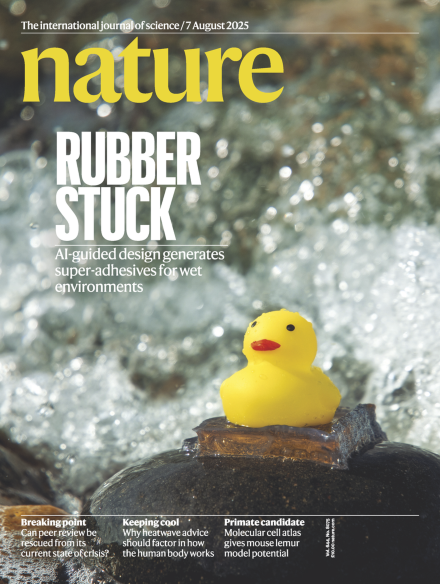Volume 644 Issue 8075, 7 August 2025
This Week
-
Editorial
-
-
World View
-
Research Highlights
News in Focus
-
News
-
Features
Books & Arts
-
Book Review
-
Essay
Opinion
-
Comment
-
Correspondence
Work
-
Feature
-
Technology Feature
-
Is your AI benchmark lying to you?
Collection:
-
-
Where I Work
Research
-
News & Views
-
Perspectives
-
Articles
-
Matters Arising

